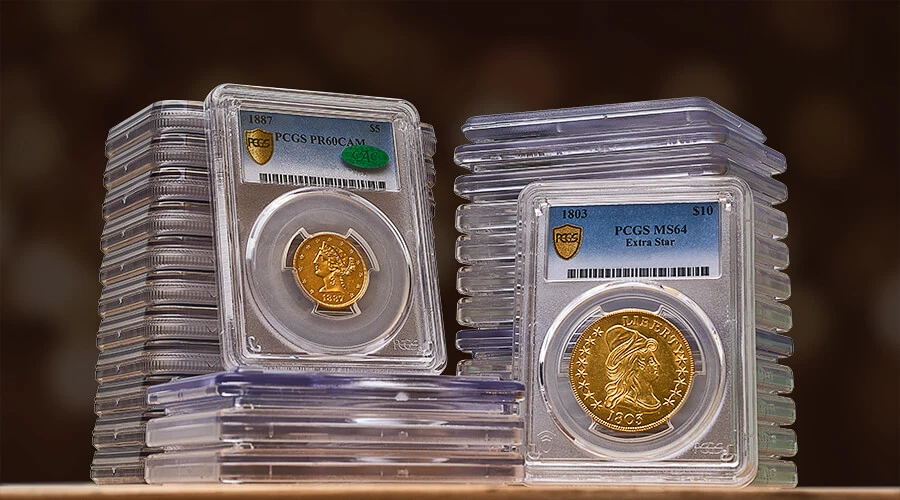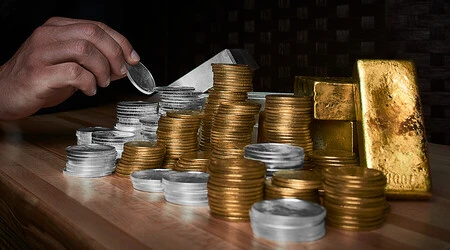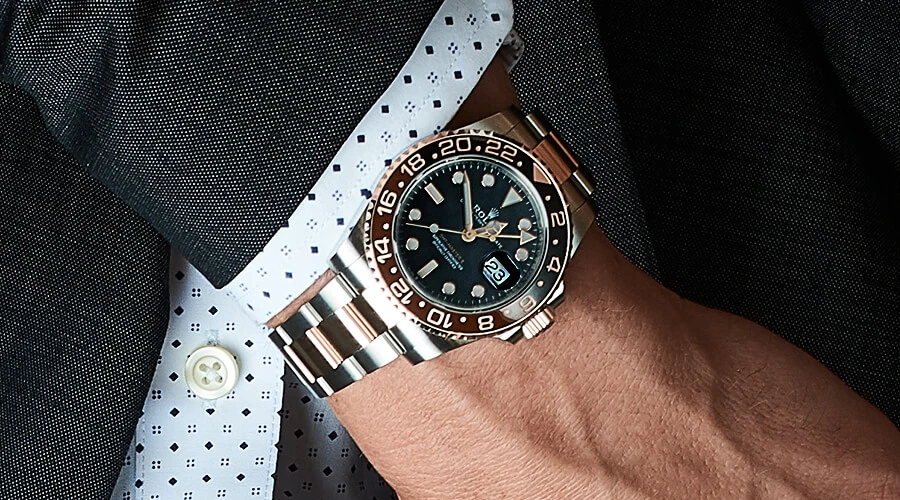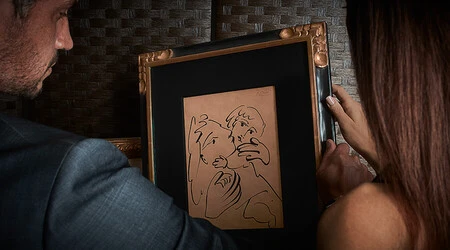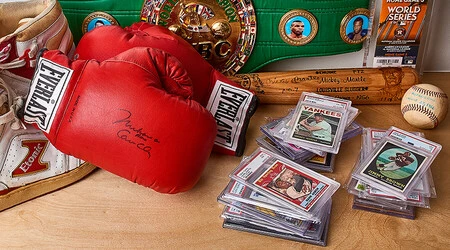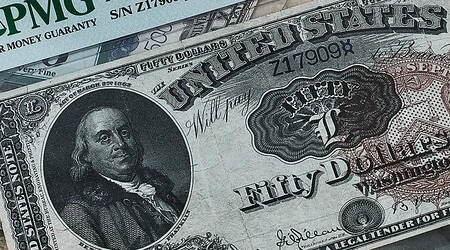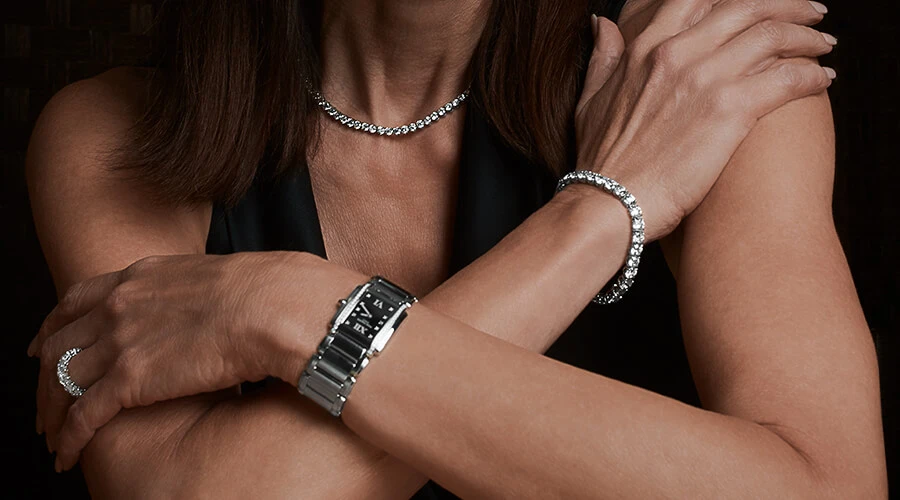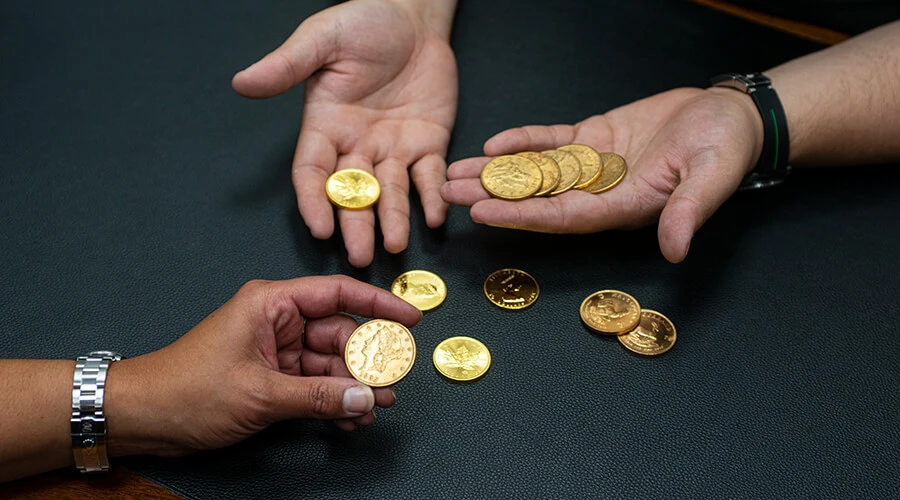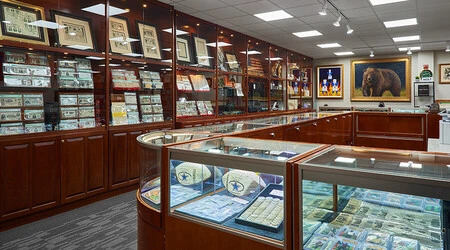Bela Lyon Pratt’s quarter eagle incuse design is one of the most popular gold series for the modern collector. The complete set is just fifteen dates and most are readily available with just a few that require some moderate patience. With prices based on grade and date ranging from under $500 to five figures, the set is attractive to all collectors of all levels. The price conscious collector can buy the bulk of the set for a few hundred dollars per coin in XF to low grade uncirculated, having to save up for just a few of the dates. The population to price ratio across the series enables the mid-range collector to buy most dates in choice with some gems. And the Registry minded can focus on premium gems while building a condition census set. So regardless of your goals and pocket book, the Indian Quarter Eagle is an exciting series, steeped in history offering a great vehicle to expand your collection into gold.
History
In 1904, Theodore Roosevelt wrote the Secretary of the Treasury describing the circulating coinage of the era as ‘artistically of atrocious hideousness.’ His desire to employ contemporary artists to redesign the nation’s coinage became an obsession known as his pet crime. By 1907, his dream had begun to become a reality. Over the decade that followed all denominations saw a facelift. The quarter eagle epitomizes the concept that the Rough Rider President was pushing for. Bela Pratt a protégé of Augustus Saint Gaudens was chosen for both the $5 and $2.5 designs and his incuse design remains unique among circulating coinages.
While cherished by collectors today, the design was met with mixed reviews in 1908. It was initially believed that the recesses of the design would harbor germs and the passing of the coins could spread disease. As a nation dealing with Yellow Fever, this unfounded perception was a hindrance to widespread acceptance. Current events give an uncomfortable glimpse into this psychology and offer an unpleasant understanding how this idea could easily taint public sentiment. The design also met with some condemnation within numismatic circles. The result was that few examples were saved and thus today high grade survivors are scarce. No date in the series was produced in quantities over a million, and still lack of circulation makes most dates readily available in grades up to MS63. The confluence of these factors makes the series today, a delight for the modern collector offering a unique combination of availability and rarity.
Collecting the Series
The series can be broken into three eras, the early pre-teen years, the teen dates and the post hiatus later years or twenties dates. Generally speaking the early years (excluding the 1911-D) are basically common in circulated grade, slightly better in BU and a mix of better to scarce in grades MS64 and higher. The 1908 is the only “common” superb gem date across the series. The teens are generally tougher with the 1914 and 1914-D being the second and third key dates. The set can be assembled in circulated grades for under $500 per coin with the 1911-D and the 1914’s being exceptions to this. So the average collector can expect to pay between $500 and $2000 for all non-key dates in MS63 or MS64. To build a condition census set, one will pay $3000 - $5000 for common and slightly better date gems, and twice that or more for most MS66s. A top pop Registry set will take time and most examples will be five figures across the series and some rarely come to market. Collectors usually approach this set in three ways. Either buying each date in the value range they’re comfortable with or working on a uniform grade set building in XF, AU, MS62, or MS63. Others will reach for the stars holding out for the lower population top grades.
Regardless of your strategy, the beauty of dealing with U.S. Coins and Jewelry is we can help you build this set whether you’re placing XF coins into a Whitman folder or working on a museum quality set. We regularly carry common dates in all grades up to MS63 and have handled some of the finest certified examples currently residing in the top PCGS and NGC Registry sets. Following is a basic breakdown of each of the fifteen coins in this series. Feel free to contact us to learn more about this exciting numismatic adventure.
Date By Date Analysis
1908 (564,821) – The first year of issue is considered one of the common dates in circulated grades, but it commands a premium in choice and better grades. The date has the highest population in MS66 and as such returns to common in that lofty grade. Overall the issue comes nice, but may exhibit some weakness in the reverse.
1909 (441,760) – The 1909 follows the general early series pattern as being common in XF and increasingly tough in grades choice and better. The date trades at common until MS63 where the premium jumps to double that of the 1920’s era examples. The population data supports this with the date ranking fifth overall in MS63 with just over a thousand examples.
1910 (492,000) – Much like the two earlier dates, the 1910 is priced as common in XF, but bid prices rise in choice and better grades. Population to bid price ratios make the 1910 an excellent value with bid pricing in MS64 30% off of 1909, but populations 40% lower. Some of this anomaly is due to resubmissions, but for mid-range collectors the date proves somewhat of a sleeper. Shrewd collectors regardless of condition should hold out for examples devoid of planchet defects.
1911 (704,000) – Despite the high mintage, the 1911 is a scarce coin especially in the higher grades. In the choice grades the rarity is similar to the other early quarter eagles, but it becomes tough in gem and virtually impossible in superb gem with just ten coins so graded between both PCGS and NGC combined. Finding a truly attractive example may prove tough in all grades, so some patience is required.
1911-D (55,680) – This the first Denver issue of the series, has the lowest total mintage of the group. Poorly executed, the coin is usually found in lower grades with weak strike. The mint mark is sometimes almost indistinguishable and these are certified as “Weak D.” The sharper counterpart is called the “Strong D” and are most desirable trading at a premium. As the key, demand is high for the date. Save up for the nicest grade you can afford, because it is the center piece of the entire collection. If you are building a raw set, learn the counterfeit identifiers as many fakes exist.
1912 (616,000) – Outside of the 1911-D, the 1912 is the toughest of the pre-teen dates and ranks fourth of the fifteen dates overall in rarity. The date is not known for visual appeal and gets tough in MS64 where it doubles in price. It is scarce in gem and better. PCGS has only graded five MS66 examples and NGC has graded just three. The Registry buyer will likely have to settle for a gem or wait for one of these few to shake loose.
1913 (722,000) – With the highest original mintage of the series, the 1913 is easily obtainable in all grades up to MS63. The date becomes elusive in grades higher. PCGS shows a population approaching 1000 in choice, but this is likely due to regrades reaching for the value of the gems. There are less than 200 PCGS examples in MS65 and just over 100 in NGC. The date ranks 7th for the series in this grade. Superb gems appear on the markets but auction records show this to happen in intervals of about every two years.
1914 (240,000) – This teen date has the second lowest mintage for the series and is one of the three key dates. Compounding this inherent rarity factor the date doesn’t generally come with great eye appeal. Knowing this don’t hesitate to pay a premium to procure and example with any level of visual appeal. However, it is scarce in all grades so buy the coin you find without regret.
1914-D (448,000) – The first Denver issue is one of the keys to the series. The date (like its P-mint cousin) should not be passed on when the serious collect has an opportunity to obtain an example. These are notoriously poorly struck and eye appeal is usually a bit wanting. Be patient, but don’t let high expectations keep you from obtaining the date.
1915 (606,000) – The last date before the hiatus, this teen date is the most common of the earler dates outside of the 1908 and 1909. The date ranks 8th overall in gem, but becomes tough in superb gem like most of the series but obtainable. NGC has graded a dozen in MS66 but just six coins are so graded by PCGS. The lower uncirculated grades exist in the thousands. Overall, the date can be found with good luster, but it’s a rarity rather than the norm.
1925-D (578,000) – After ten years, the Mint began striking the quarter eagle again. The Denver Mint produced all the coins for the first year. The large number of survivors make this the most common date for modern collector. Buyers should not settle for an inferior coin, but rather wait for sharp eye appealing example in this date. Wait for a bright example whether you’re buying MS66, XF or any grade in between.
1926 (446,000) – This 1926 is another of the common later examples, and like its roaring twenties counterparts they come well struck and collectors should hold out for an eye appealing example. Locating a keeper in any grade shouldn’t take tremendous work, and all collectors will likely have luck finding the perfect fit for their collections.
1927 (388,000) – Despite the lowest mintage of the late date examples, this is other common issue, astute collectors should avoid the copper spotted examples that plague the issue and wait for the visually appealing example in the grade of their choosing. The date ranks 11th in gem and 12th in premium gem, with the population reports showing thousands of examples in choice and under so the date should prove readily available with some patience by all levels of collector.
1928 (416,000) - Another common issue, but it becomes more elusive in anything better than choice. The date is available in all grades up to MS64 with nearly 2000 so graded by PCGS. But beyond choice it is a sleeper with around half the population in gem of the more common 1925-D and only 13 PCGS MS66 examples known as of this publishing.
1929 (532,000) – The final year of production for the series, the 1929 is common in most grades, but proves sneaky tough in gem and better. The year comes with good luster and is well struck, but with most or all of the coins released for circulation most available examples exhibit numerous contact marks, thus the rarity in gem.
Conclusion
Whether you’re assembling a circulated set in a Capital Plastics holder or working on top ten PCGS Registry set, Bela Pratt’s quarter eagle series can prove both obtainable and challenging. The short nature of the series, the unique artistic design and the overall condition rarity makes the set a great way to diversify into gold while maintaining the allure of the numismatic hunt. As one of the nation’s leading wholesale rare coin companies, U.S. Coins and Jewelry is uniquely positioned to help the advanced collector work on this collection. With a vast network of behind the scenes contacts and literally thousands of retail clients we have our fingers on the pulse of the certified gold market. Visit our store and talk with one of our qualified staff and find out how we can help you with this exciting adventure or whatever your collecting needs.
If you’d like to delve deeper into the series you may want to check out “The Gold Indians of Bela Pratt” by Allan Schein, “U.S. Quarter Eagles 1796-1929” by David W. Akers, “A Collectors Guide To Indian Head Quarter Eagles” by Michael Fuljenz and Douglas Winter, or “A Handbook of 20th Century United States Gold Coins 1907-1933” by David W. Akers.












